MALE KINKAJOU FOR SALE
$1,550.00
MALE KINKAJOU FOR SALE
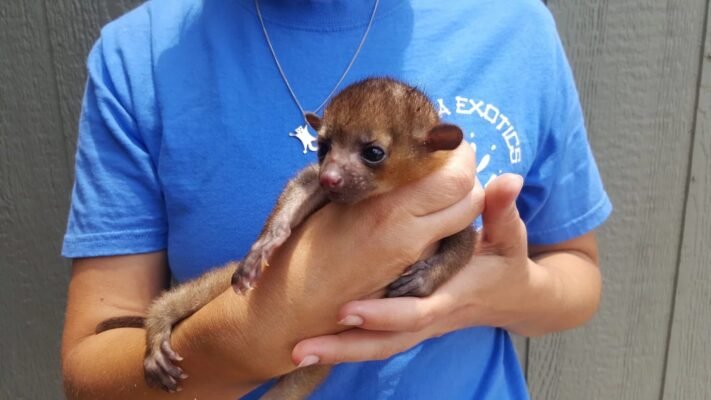
Male kinkajous, also known as honey bears, are interesting members of the rainforest community that play a vital role in the social structure of their groups, even though their lifestyle differs somewhat from the females. Here’s a breakdown of their key characteristics and behavior:
Appearance:
- Larger Stature: Males are typically bigger than females. Their head-and-body length can range from 47 to 68 cm (18 to 27 in), compared to the females’ 42 to 57 cm (17 to 22 in).
- Shared Features: Despite the size difference, they share many physical characteristics with females, including:
- Short, soft, and dense wooly fur, usually a golden brown color with some variation depending on location.
- Round head with large, forward-facing eyes well-suited for night vision.
- Short snout with a long, extendible tongue for reaching food in flowers and crevices.
- Sharp, curved claws for gripping branches.
- Long, prehensile tail that acts like an extra limb.
Social Behavior:
- Solitary Tendencies: Unlike the family-oriented females, males tend to be more solitary creatures. They primarily interact with females during the breeding season and may have overlapping territories with several females.
- Dominance Hierarchy: Some kinkajou species exhibit dominance hierarchies among males, with larger and older males having priority access to mates and resources. This hierarchy can be established through scent marking and displays of dominance.
Reproduction:
- Breeding Season: Similar to females, mating typically occurs during the rainy season, which can vary depending on the location.
- Competition for Mates: During breeding season, males compete with each other for breeding rights with females. This competition can involve displays of dominance or even physical altercations.
- Limited Paternal Role: After mating, males play no role in raising the young. The responsibility of caring for the kits falls solely on the females and other females within the family group.
Interesting Facts:
- Scent Communication: Males use scent glands located on their chests to mark their territory and potentially attract mates.
- Skilled Climbers: Their prehensile tails and sharp claws make them exceptional climbers, just like females. They can navigate the rainforest canopy with ease, searching for food and escaping predators.
- Vulnerable to Threats: Habitat loss due to deforestation and the illegal pet trade threaten male kinkajous and the entire kinkajou population. small pets for sale
Importance of Male Kinkajous:
Even though they don’t participate in raising young, male kinkajous play a vital role in the genetic diversity of the kinkajou population. kinkajou pet, Their larger size and potential for competition during breeding season help ensure strong genes are passed on to the next generation. Additionally, their interactions with females during breeding season contribute to the overall health and sustainability of kinkajou social groups.
By understanding the distinct roles of both males and females, we gain a more complete picture of kinkajou social dynamics and their importance within the rainforest ecosystem. kinkajou for sale

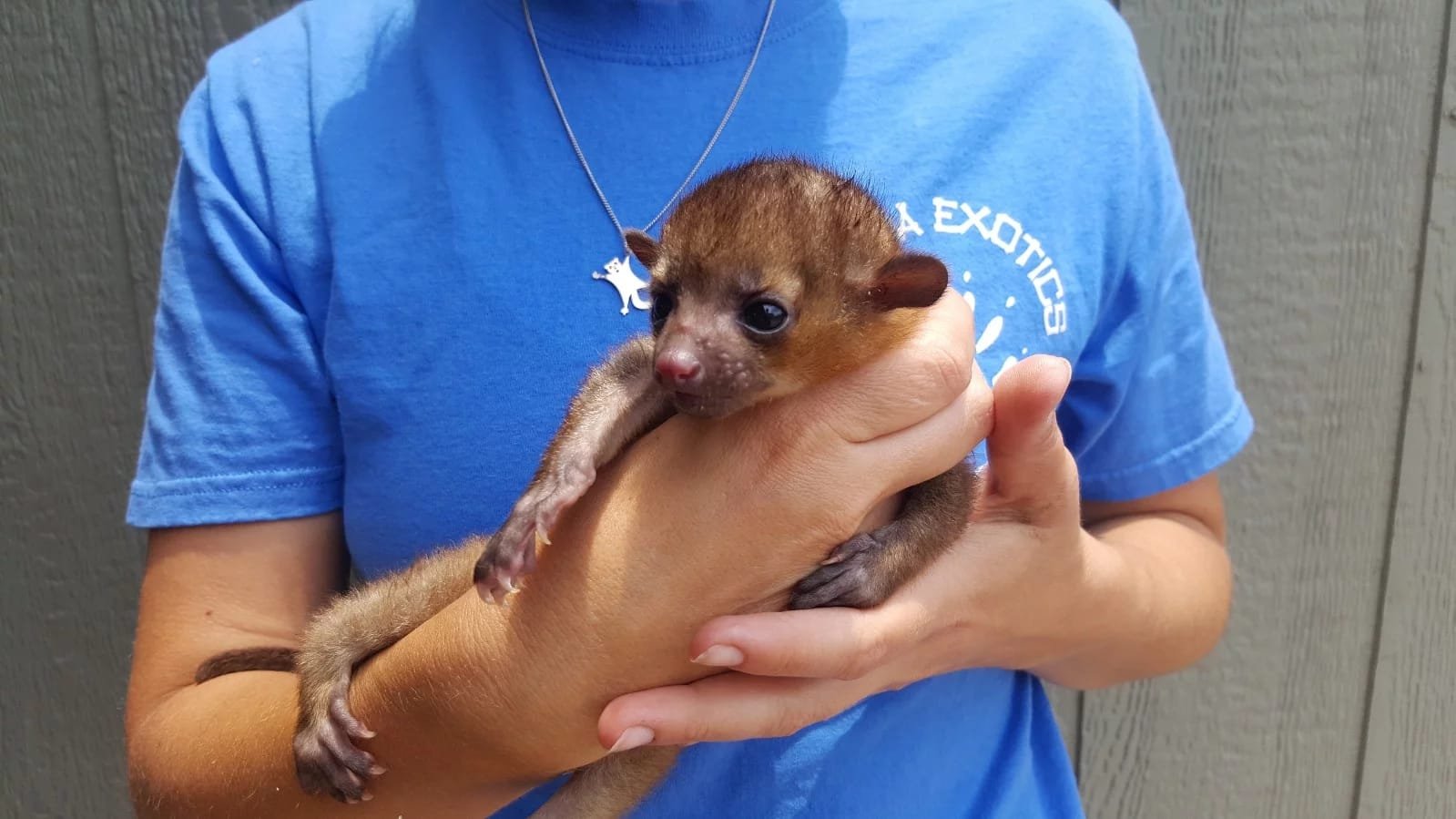
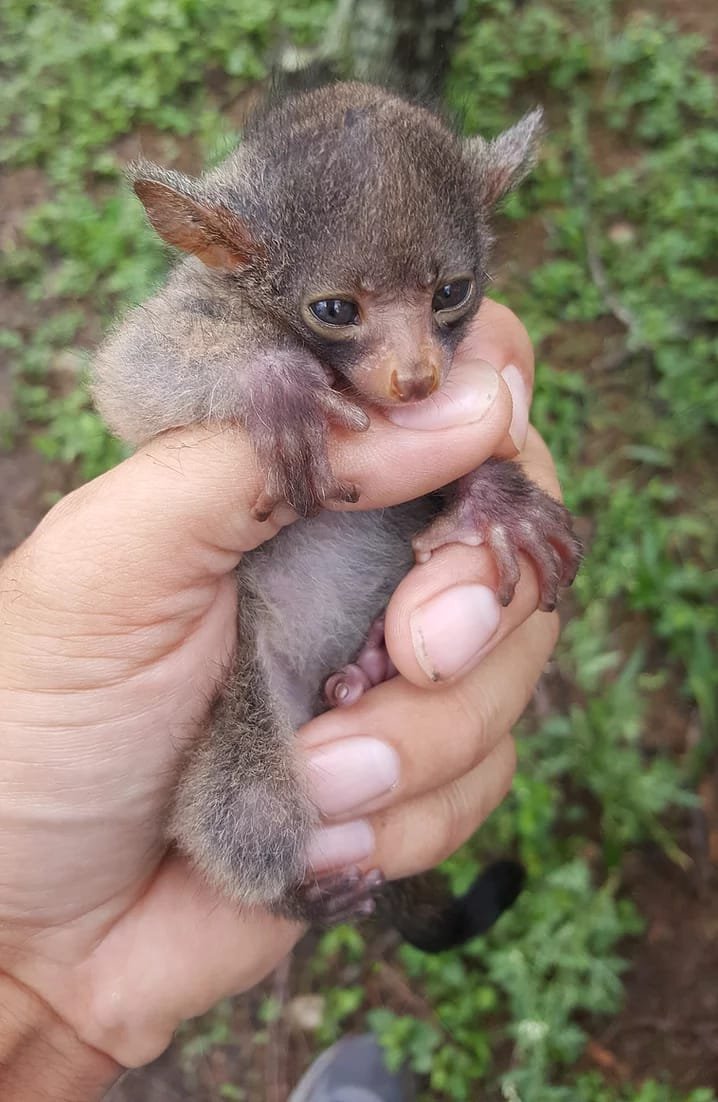
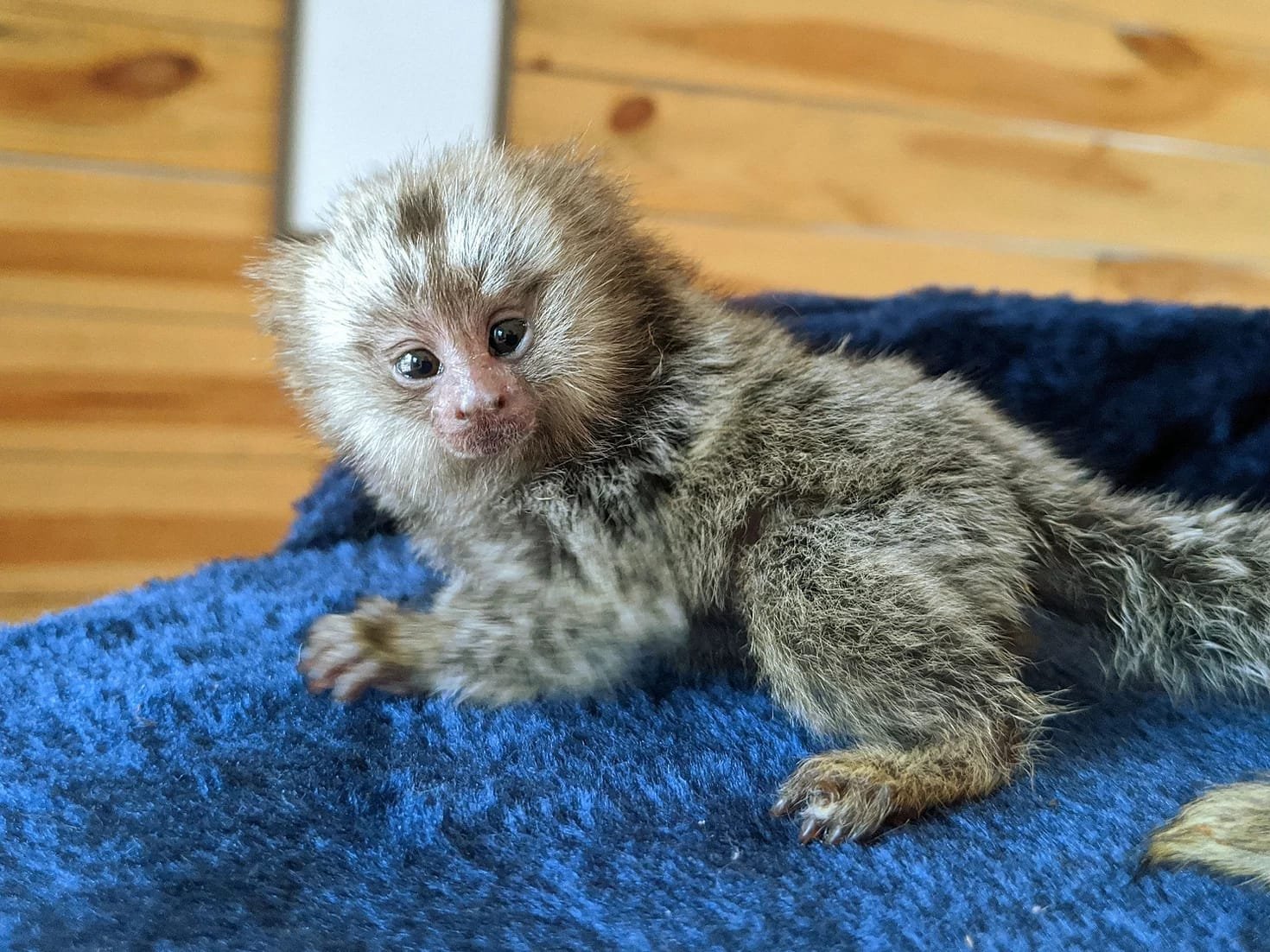
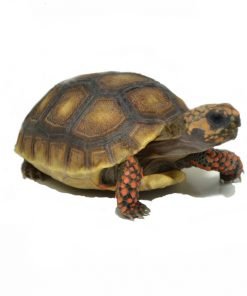

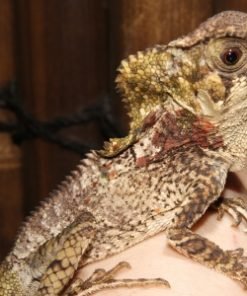

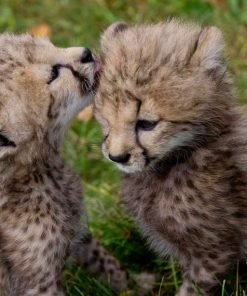



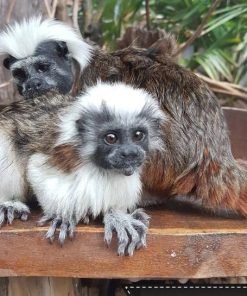
Be the first to review “MALE KINKAJOU FOR SALE”